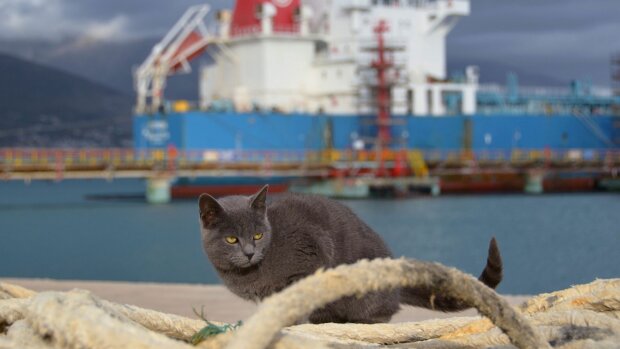How it all began
Until the middle of the 20th century, cats that sailed on ships had passports with a pawprint - a photo of such a document circulated on the web.
Cats were taken to catch rodents on the ship and supposedly gave the furry the position of "expert mouse catcher."

How it really is
A photo of a feline passport first appeared in the January 15, 1943 issue of The New York Times.
The note recounts the circumstances under which the cat got its own document:
"Port precautions are such that even a cat must have an ID, so this official ID, including paw prints, was issued for a Coast Guard unit pet in Baltimore."

It follows that the document was issued to the Coast Guard unit's pet, which wanted to distinguish its pet in this way.
Moreover, the cat was not given a passport, but rather an ID card.

This is confirmed by the archival video of the American photo agency Getty Images, which captures the process of giving the cat Herman a document by the Coast Guard officers.
Read more: The oldest and the blackest: Interesting historical facts about cats. Cats won't tell it themselves
As we wrote earlier: Cats work hard: why it's said that a cat's mission is to take negative energy out of its owner's life





































